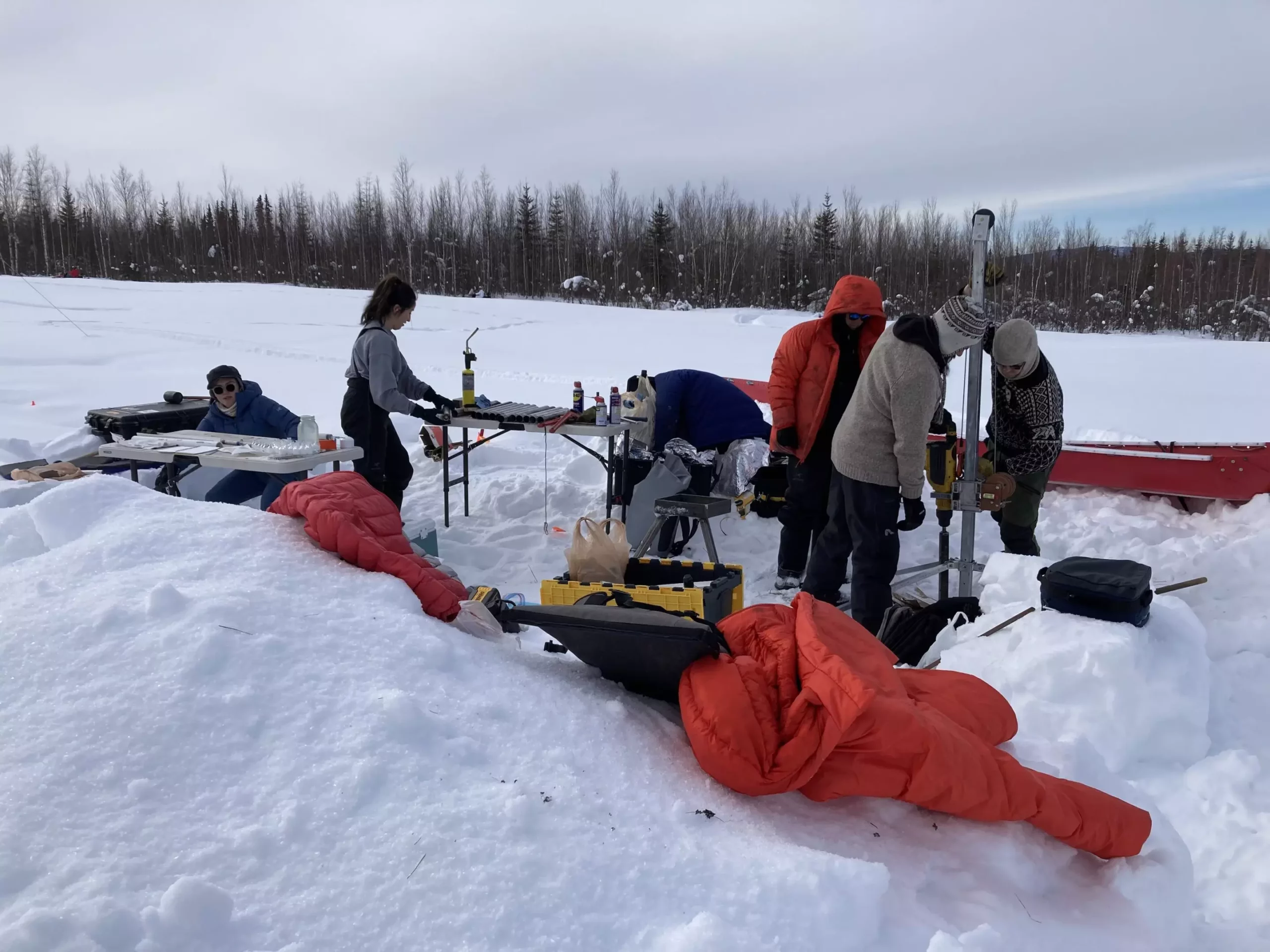In the realm of climate science, new revelations regarding greenhouse gases often change the way we understand environmental processes. A particularly striking revelation comes from the work of Katey Walter Anthony, a limnologist based at the University of Alaska Fairbanks. For years, she dismissed the notion that methane—a gas significantly more potent than carbon dioxide—could escape from upland ecosystems in Fairbanks, Alaska. However, as inquiries led her to investigate “turf bubbles” and further examined methane emissions across diverse land types, her initial skepticism transformed into genuine concern. This article delves into how her groundbreaking research reshapes our understanding of methane release in dryland ecosystems and implications for climate change.
Origins of the Research
The spark for Walter Anthony’s research emerged from reports of methane bubbling beneath the lawns of Fairbanks. Initially, she viewed these claims as exaggerated. After all, methane is commonly associated with water-logged wetlands, environments traditionally considered prime breeding grounds for its emission. But as pressure from local media mounted, she set out to analyze the conditions under which methane might be escaping from arid surfaces. What she discovered was alarming: emissions were not confined to golf courses; they permeated nearby forests and grasslands as well.
Working with colleagues and supported by the National Science Foundation, Walter Anthony embarked on an extensive survey of dryland ecosystems in Interior and Arctic Alaska. A critical finding from their research, published in the journal Nature Communications in July, was the acknowledgment that upland areas were emitting some of the highest methane levels recorded in northern terrestrial ecosystems—emissions driven by ancient carbon locked in permafrost.
Rethinking Methane Emissions in Upland Ecosystems
Historically, scientific models have regarded upland ecosystems as either minor contributors to methane emissions or even as potential sinks. In stark contrast, Walter Anthony’s findings indicate a significant release of methane from well-drained soils, particularly in winter months, challenging entrenched views in climate science. Rumbling through the community like wildfire, her results ignite serious questions about how we model and prepare for the impacts of climate change, specifically concerning the thawing permafrost and its counterparts elsewhere in the world.
The study revealed that the methane emissions at upland sites could be greater than those observed in wetlands under similar conditions, proving to be an influential factor. This shift in understanding further emphasizes the need for comprehensive monitoring of dryer regions as climate temperatures continue to rise.
Walter Anthony and her team identified a specific geological formation known as taliks—warm pockets of soil beneath frozen ground that remain unfrozen year-round. This fertile layer is where microbial activity flourishes even in harsh winters, and it serves as a breeding ground for methane-producing microorganisms. The uniqueness of the taliks discovered carries broader implications for our understanding of the carbon cycle.
Additional challenges to our conventional understanding arise from the presence of Pleistocene-age Yedoma deposits—ancient permafrost-soil formations known to store vast stocks of carbon. Despite covering only 3% of the permafrost area, these soils are estimated to hold over 25% of total carbon reserves. The relationship between these carbon-rich deposits, taliks, and their methane-producing activity poses troubling ramifications for future climate models, especially as Arctic warming progresses.
The ramifications of Walter Anthony’s research resonate beyond academic interest; they shine a light on the emergent feedback loops that could exacerbate climate change. As upland ecosystems begin to release more methane more consistently, the feedback cycle becomes increasingly pronounced. These emissions contribute to global warming, which in turn leads to further permafrost thawing and even greater methane emissions.
Her projections indicating that taliks could become widespread in the Yedoma region by the 22nd century are particularly troubling. If these areas of buried soil become significant methane sources—especially during winter—the consequences could alter the trajectory of global climate policy. Mitigation strategies need to adapt as emerging risks from upland ecosystems amass against the backdrop of existing challenges linked to melting ice caps and deforestation.
Walter Anthony’s research serves as a clarion call for scientists and policymakers alike. It confronts the widely held assumption that only wetlands are significant contributors to methane emissions. The emerging evidence from upland landscapes urges a reevaluation of climate models and strategies, particularly those concerning permafrost carbon feedback mechanisms. As we venture deeper into understanding our planet’s climate systems, this pivotal research reminds us of the complexities involved in unraveling the processes that contribute to global warming. To confront these challenges, we must enhance our monitoring efforts and adapt our policies with urgency, acknowledging the multidimensional nature of climate change.

